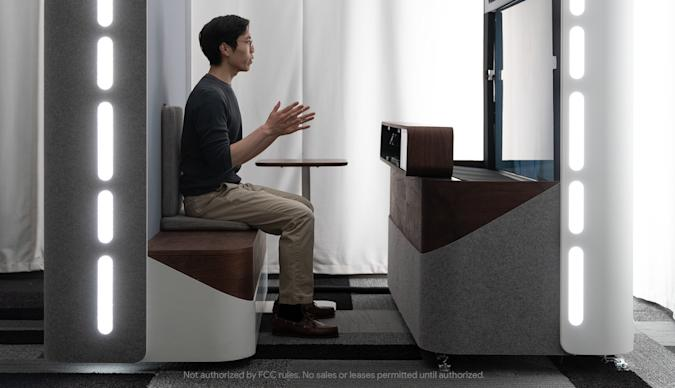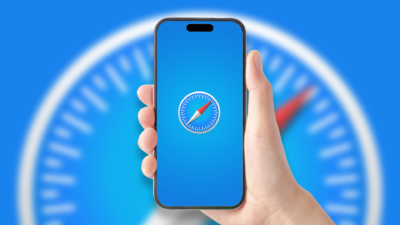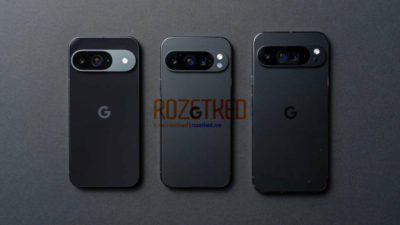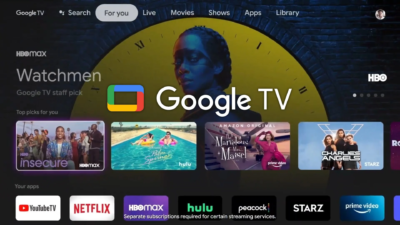Google Introduces Project Starline For Video Conferencing

Project StarLine: Due to the pandemic, tools like Microsoft Teams and Zoom are enjoying great success. But the personal, social contacts cannot simply be replaced. In this area, Google wants to step in with Project Starline to make video calls look like real encounters.
On the occasion of the Google I/O 2021 developer conference, the US company will present its progress on Project Starline. The prototype of a video conferencing solution is intended to use realistic 3D recordings to ensure that users experience the feeling of a real encounter in one and the same room. Google describes its system as a “magic window” through which participants can still see their virtual counterparts in life-size and in three dimensions. In this way, natural conversations should be conducted, gestures perceived and real eye contact established.
Magic Window: The technology Behind The future of virtual communication
Google explains the technology behind it in simple terms in its latest blog post: “To make this experience possible, we apply research results from the fields of computer vision, machine learning, spatial sound, and real-time compression. We have also developed a groundbreaking light field display system that creates a feeling of volume and depth that can be experienced without additional glasses or headsets.” The group tries to put the technology in the background for users – no look at the webcam, no laptop monitor that is much too small.
Project Starline is currently only being tested in a few US Google branches, as the manufacturer claims that the system is based on specially manufactured hardware. Although the market readiness and, above all, the financial affordability of such a specialized video conferencing system is still a long way off, Google believes that communication from person to person can and should go in this direction. The first demos were carried out with partners from the healthcare sector, among others, in order to be able to carry out further test installations this year.
Digital marketing enthusiast and industry professional in Digital technologies, Technology News, Mobile phones, software, gadgets with vast experience in the tech industry, I have a keen interest in technology, News breaking.












